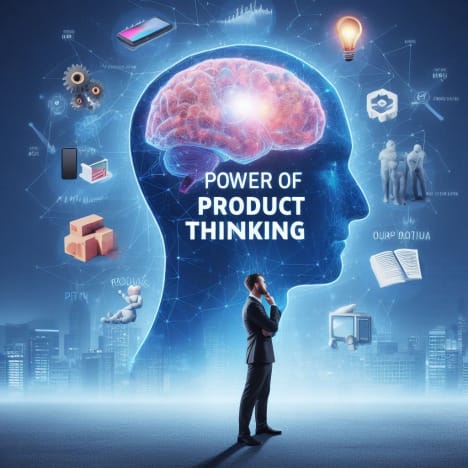More evidence that consumers are falling out of love with dating apps as Bumble this week reported disappointing fourth quarter and full-year 2024 financial results. The results showed declining revenues and a declining user base, (fourth quarter revenue was down 4.4% to $261.6 million and the company lost about 60,000 users in the same quarter).
What’s more, Bumble’s forecasts are conservative. Q1 2025 revenue is predicted at between $242 million and $248 million, (a year-on-year drop of 7% to 10%) and Bumble expects a further drop of between 100k and 120k users in the same quarter. Analyst reactions to the results were mixed, with a note from JP Morgan commenting that “the Bumble turnaround remains in the early innings. Product driven turnarounds take time, with Bumble still focused on improving engagement before shifting focus to conversion and revenue”.
There’s plenty more evidence of consumer disenchantment with dating apps. For example, in December last year Tinder, Match Group’s largest brand, announced plans to prioritise an improved user experience over monetisation, in a bid to reverse declining subscriber numbers, while Match Group itself faces a class action lawsuit which asserts that Match apps are addictive by design and that they violate consumer laws.
Certainly user frustration and fatigue is rife. A report, From Looking for Love to Swiping the Field: Online Dating in the U.S. from Pew Research a couple of years ago looked at the demographics of online daters and highlighted the harassment, scams and threats of physical harm that consumers can experience when using a dating app.
This Wired article, The Incredible Shrinking Dating App examines the reasons for user fatigue. It points out that dating apps are addictive by design, the time spent on dating apps is declining across the board, as is the number of paying users and cites a 2024 Forbes poll that shows 79% of Gen Z users report dating app fatigue. Online dating is one of those endeavours that is ripe for gamefication - it seems that dating apps have not adequately considered their users' well-being in their pursuit of engagement and monetisation. You could say the apps only have themselves to blame.
The dating app market is mature - growth has slowed, competition is rife. Has app usage has peaked? The Bumble team has long recognised the trust and well-being issues that come with online dating and its app is undergoing a major refresh. - as we’ve touched on previously - and this might be enough to lift it above user disenchantment with online dating apps. The Wired article also points out that the biggest shift is not that people are leaving online dating, it’s in the apps they use. It says that while the number of global downloads of dating apps has stood above 120 million annually since 2020, market leader Tinder has lost market share to apps like Bumble and Hinge.
What do you do to a product in such circumstances? As Bumble is attempting, you take better care of your users. Any such strategy requires a combination of better user experience, smarter matchmaking algorithms, stronger community trust, and innovative engagement features. As Bumble CFO Anu Subramanian stated: “Over the coming year, the company plans to build upon the strong foundation it has established, with a regular cadence of product innovation and by continuing to operate with discipline and rigor. These initiatives are designed to strengthen business performance while creating lasting value for Bumble’s shareholders.
Case study: Developing Mattr Social, a different kind of dating product








